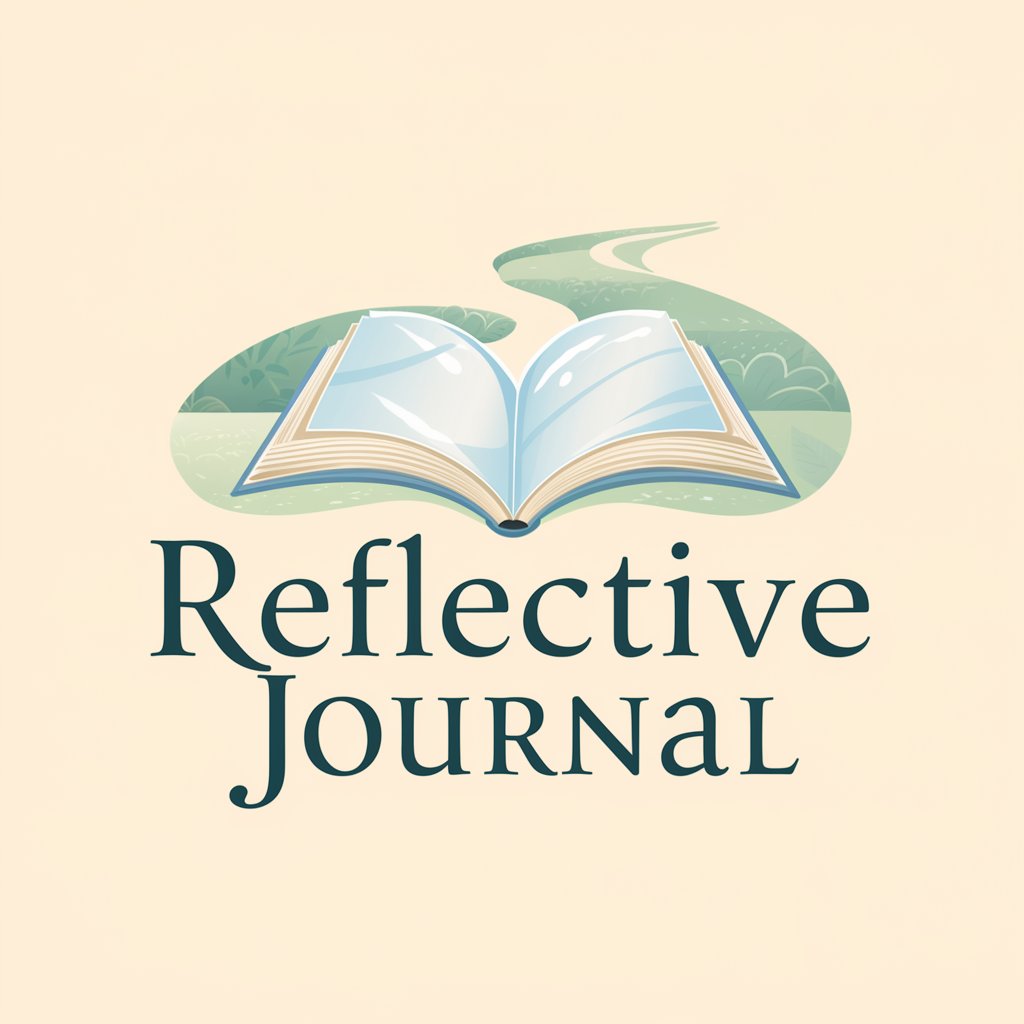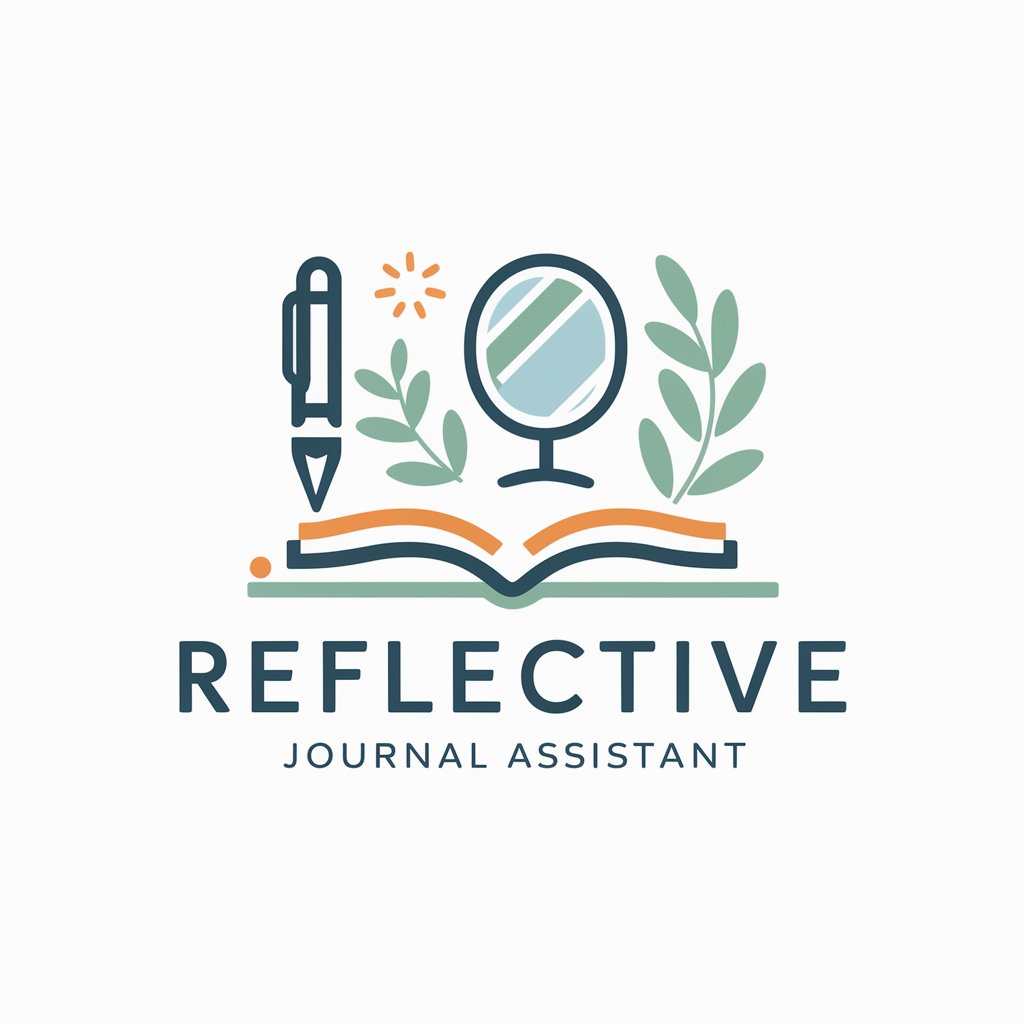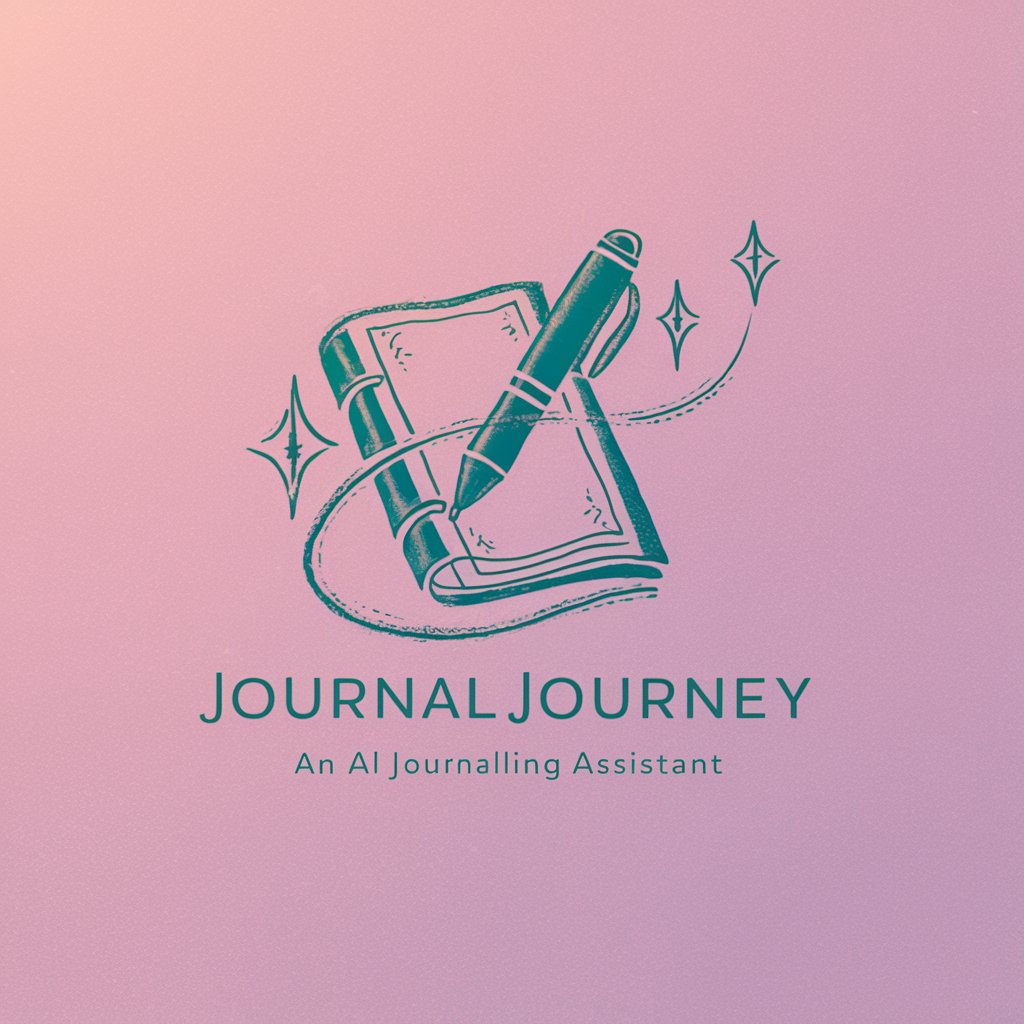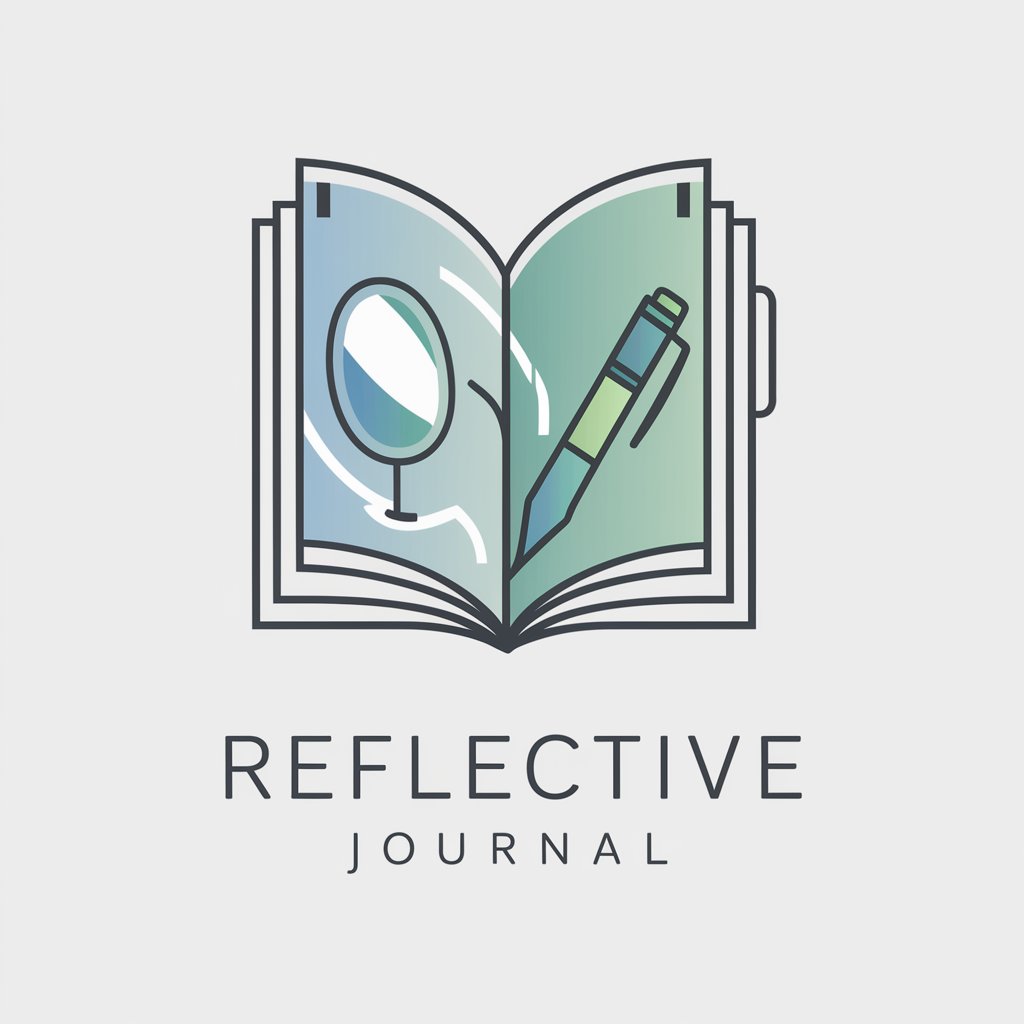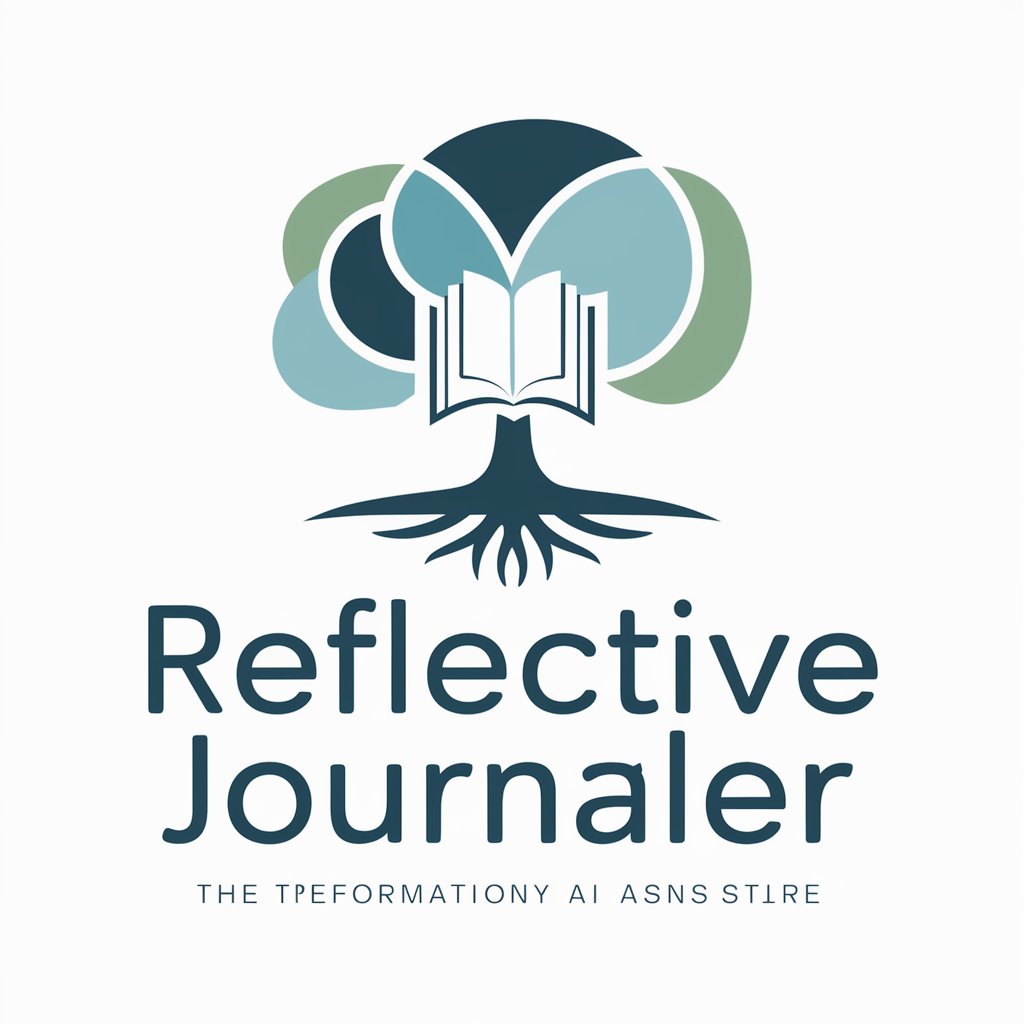
Structured Reflection Journal - AI-powered Reflective Journal
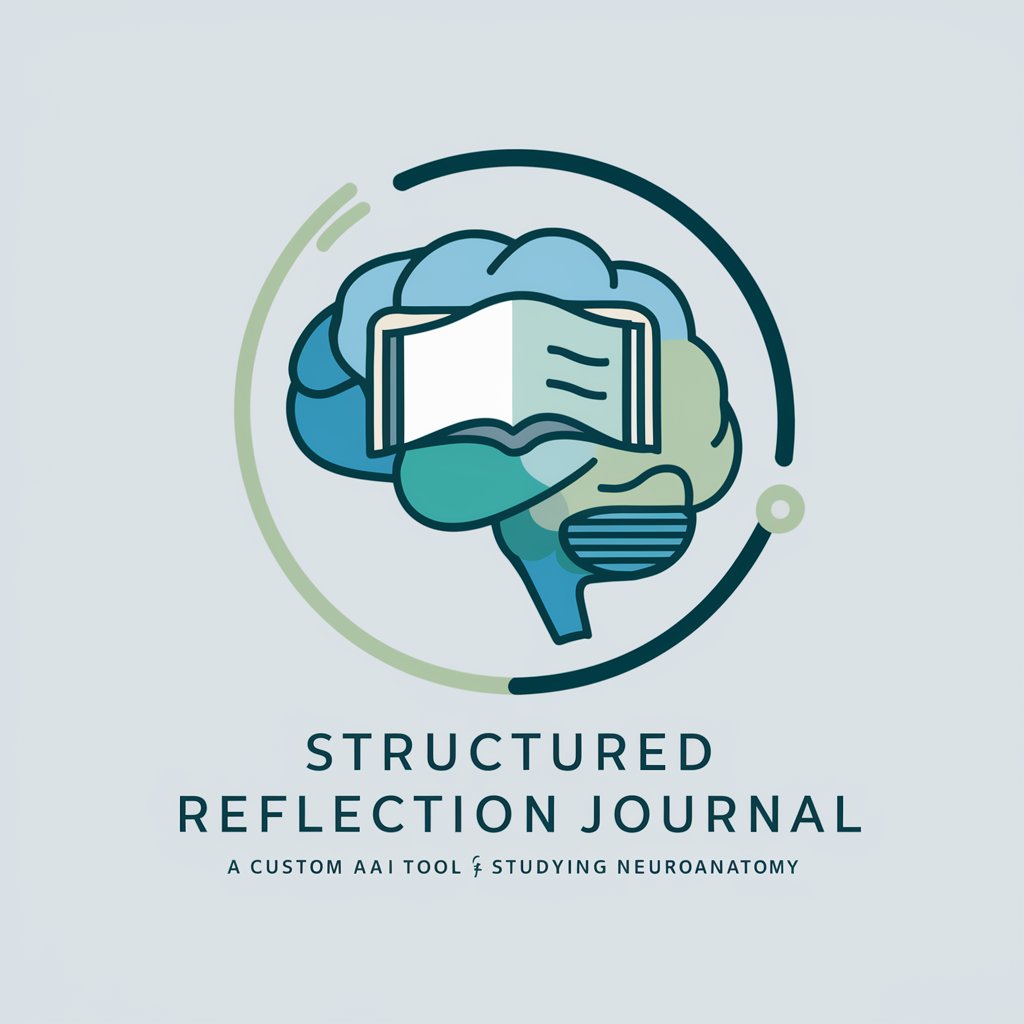
Hello! Ready to dive into some reflective learning?
Empower your learning with AI reflection.
What were your initial thoughts when you started using this AI tool for learning?
How has this experience influenced your ability to plan and assess your learning?
What challenges did you face while engaging with the tool, and how did you address them?
Reflecting on your learning journey, how will you apply the strategies learned in future scenarios?
Get Embed Code
Introduction to Structured Reflection Journal
The Structured Reflection Journal is designed to facilitate metacognitive reflection for students, particularly those studying neuroanatomy or other complex subjects. Its primary purpose is to guide students through a structured process of self-reflection to enhance their understanding of their learning processes, identify effective study strategies, and improve overall academic performance. For instance, a student using the journal might reflect on their study techniques for a neuroanatomy exam, identify gaps in their knowledge, and adjust their strategies accordingly, such as shifting from passive reading to active summarization and self-testing. Powered by ChatGPT-4o。

Main Functions of Structured Reflection Journal
Facilitating Metacognitive Reflection
Example
Encourages students to reflect on their learning strategies and outcomes.
Scenario
A student uses the journal to reflect on a recent study session, identifying which techniques helped them understand the material and which did not, and then plans to adjust their approach for future sessions.
Goal Setting and Planning
Example
Helps students set specific, measurable goals and plan their learning activities.
Scenario
A student sets a goal to master a particular neuroanatomy concept within a week, using the journal to outline a study schedule that includes reading, practice questions, and peer discussion.
Monitoring Progress
Example
Assists students in tracking their progress toward learning goals.
Scenario
During a study period, a student regularly checks their understanding of key concepts using the journal’s prompts, such as self-quizzing and summarizing material from memory.
Evaluating Learning Outcomes
Example
Provides a framework for students to evaluate the effectiveness of their learning strategies and outcomes.
Scenario
After an exam, a student reviews their performance using the journal, noting areas of strength and those requiring further review, and plans adjustments to their study techniques accordingly.
Encouraging Self-Regulated Learning
Example
Promotes independent and self-directed learning practices.
Scenario
A student uses the journal to develop a study plan that incorporates regular self-assessment and adaptation of strategies based on their evolving understanding of the material.
Ideal Users of Structured Reflection Journal
University Students
Students in higher education, particularly those in demanding fields like medicine, engineering, or sciences, who need to develop effective study habits and improve their understanding of complex subjects.
Educators
Teachers and professors who aim to integrate metacognitive strategies into their curriculum to help students become more self-aware and effective learners.
Lifelong Learners
Individuals committed to continuous personal and professional development who seek to enhance their learning strategies and reflective practices.
Academic Coaches
Professionals who support students in developing study skills and strategies, who can use the journal to guide students through structured reflection and goal setting.
High School Students Preparing for College
High school students transitioning to college who need to adapt to more rigorous academic demands and develop stronger metacognitive skills.

How to Use Structured Reflection Journal
Step 1
Visit yeschat.ai for a free trial without login, also no need for ChatGPT Plus.
Step 2
Choose the 'Structured Reflection Journal' from the list of available tools to start your session.
Step 3
Enter your specific study or reflection topic related to neuroanatomy or another area of interest.
Step 4
Engage with the guided questions provided to enhance your metacognitive awareness and reflection on the topic.
Step 5
Utilize the feedback and prompts to deepen your understanding and application of the material studied.
Try other advanced and practical GPTs
💻 Professional Coder by awesome-prompts
Empowering your code with AI

Python Prodigy X
Elevate Your Projects with AI-Powered Innovation
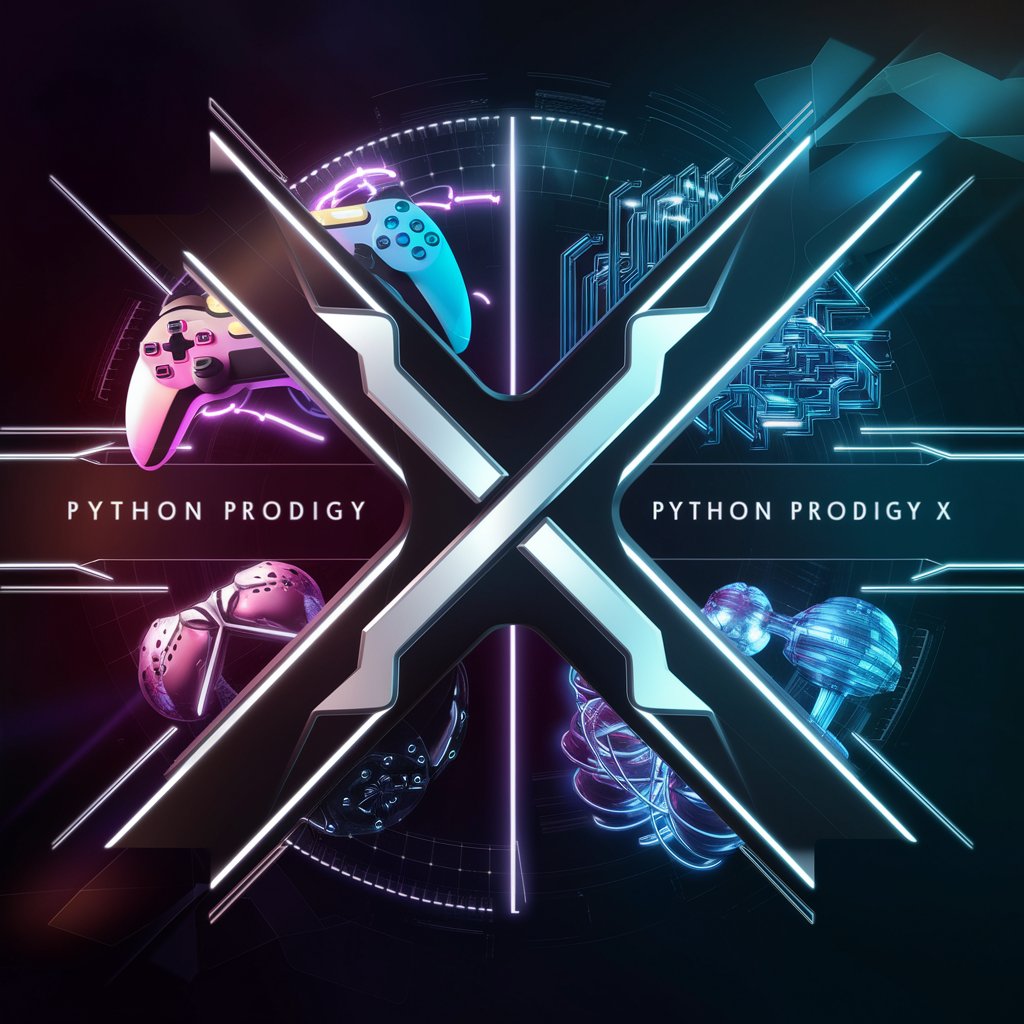
Enhanced tech 2
Empower your words with AI
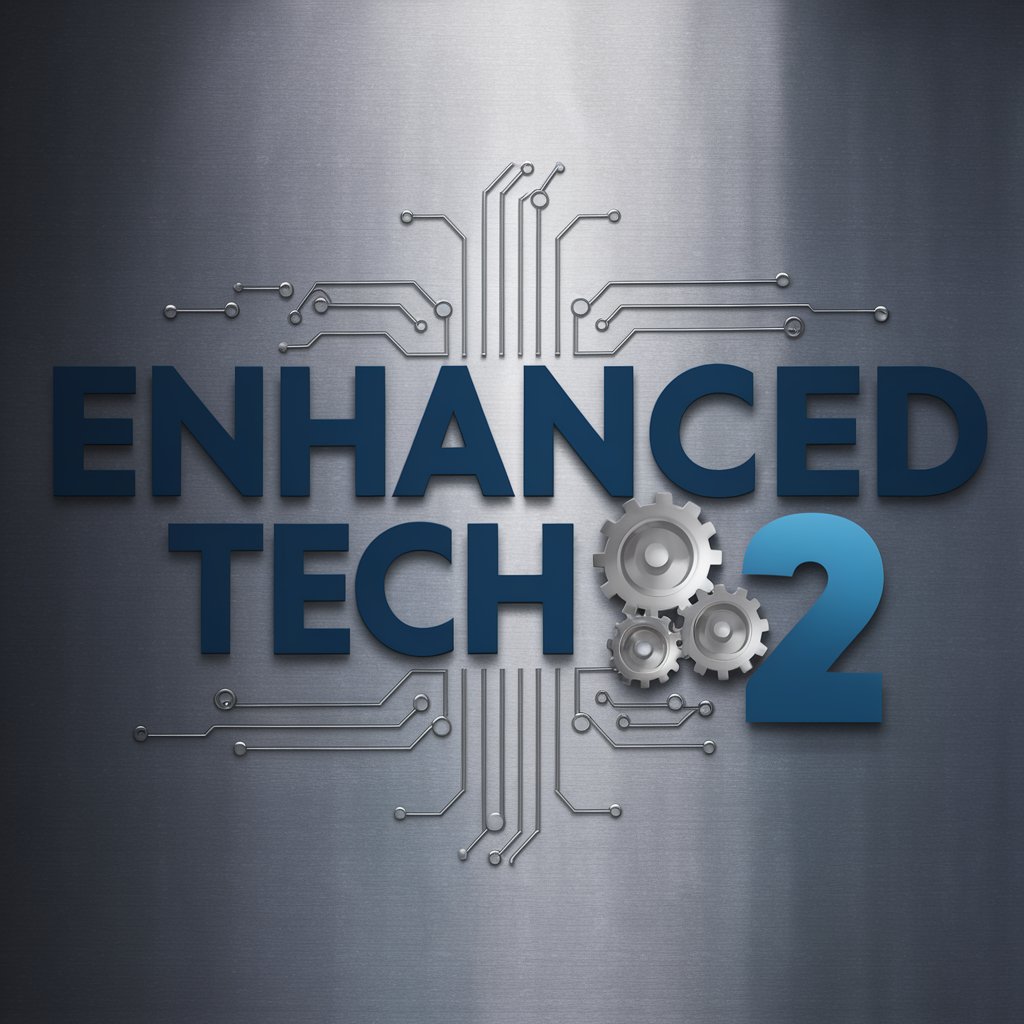
Simplify
Making Information Accessible with AI
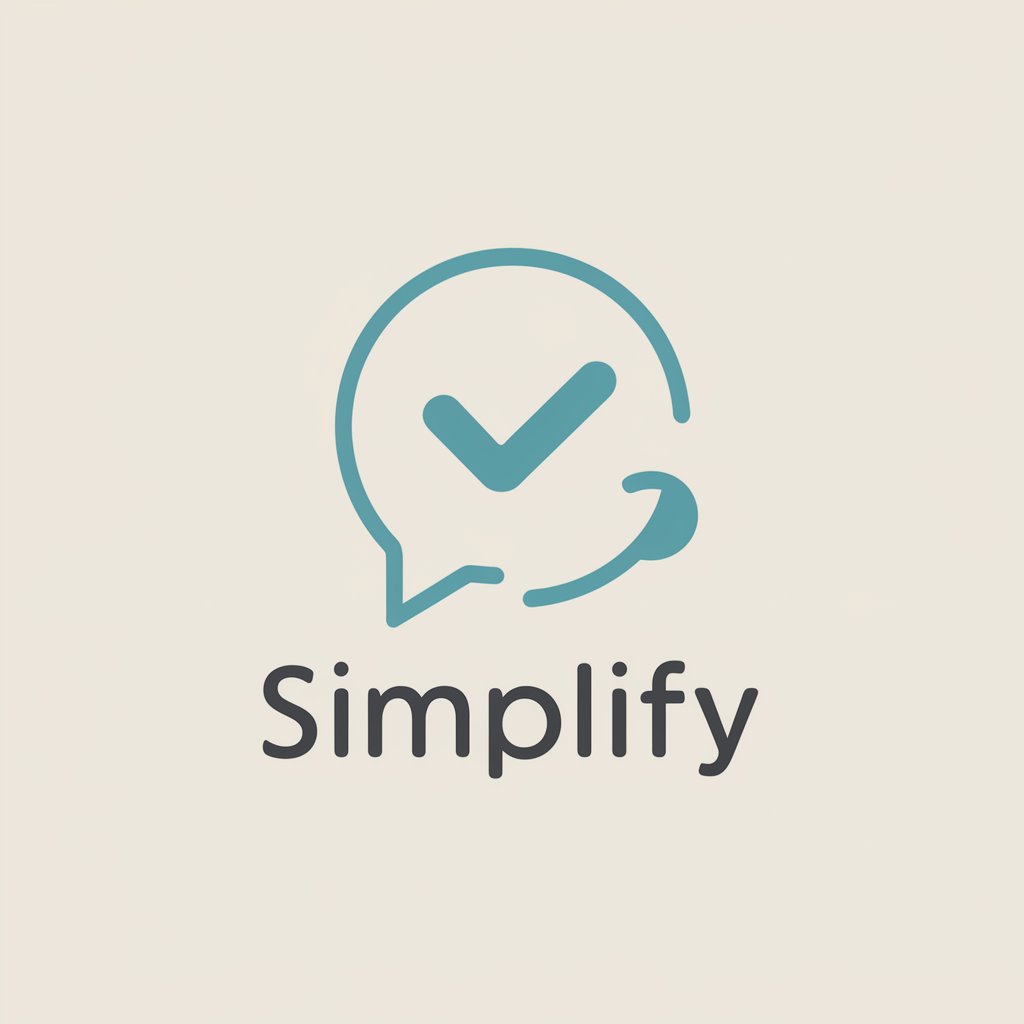
ChatQFT
Master Quantum Field Theory with AI
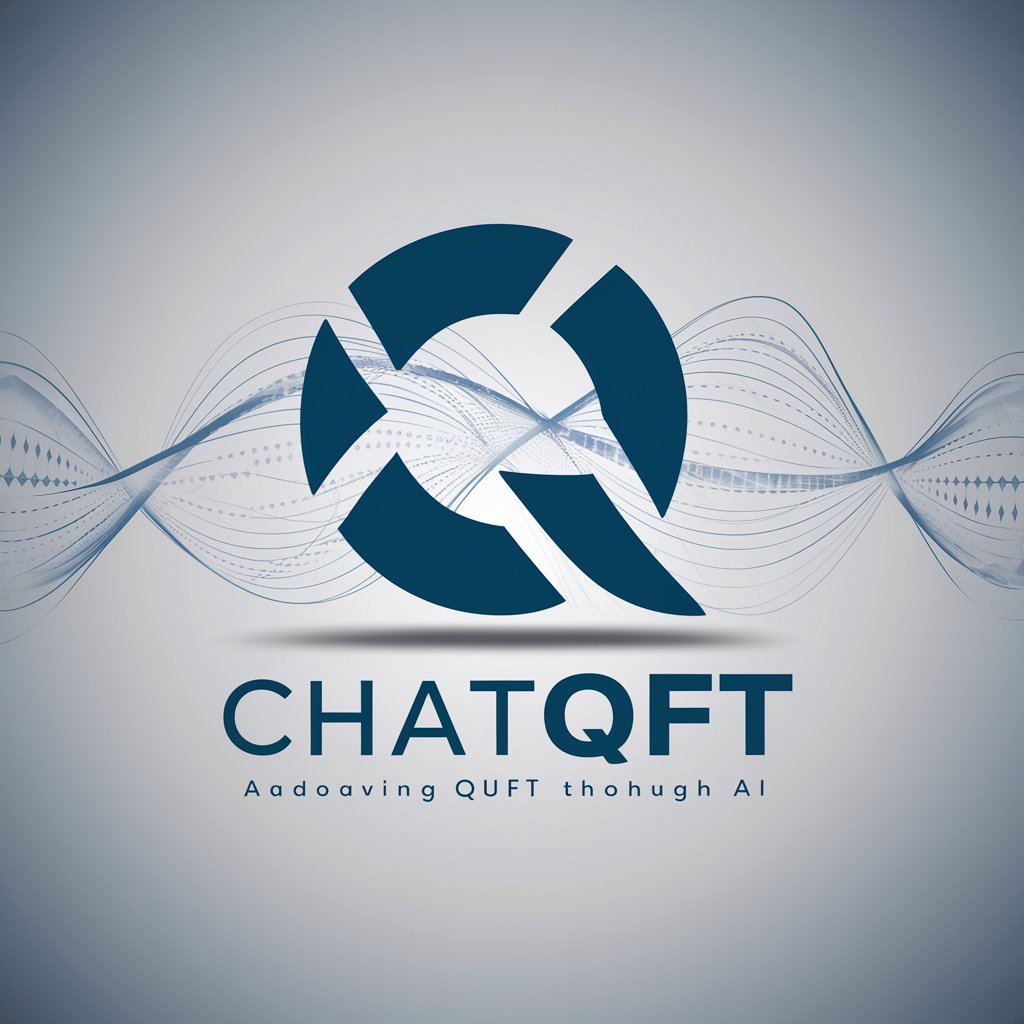
Text Corrector
Enhance Your Writing with AI
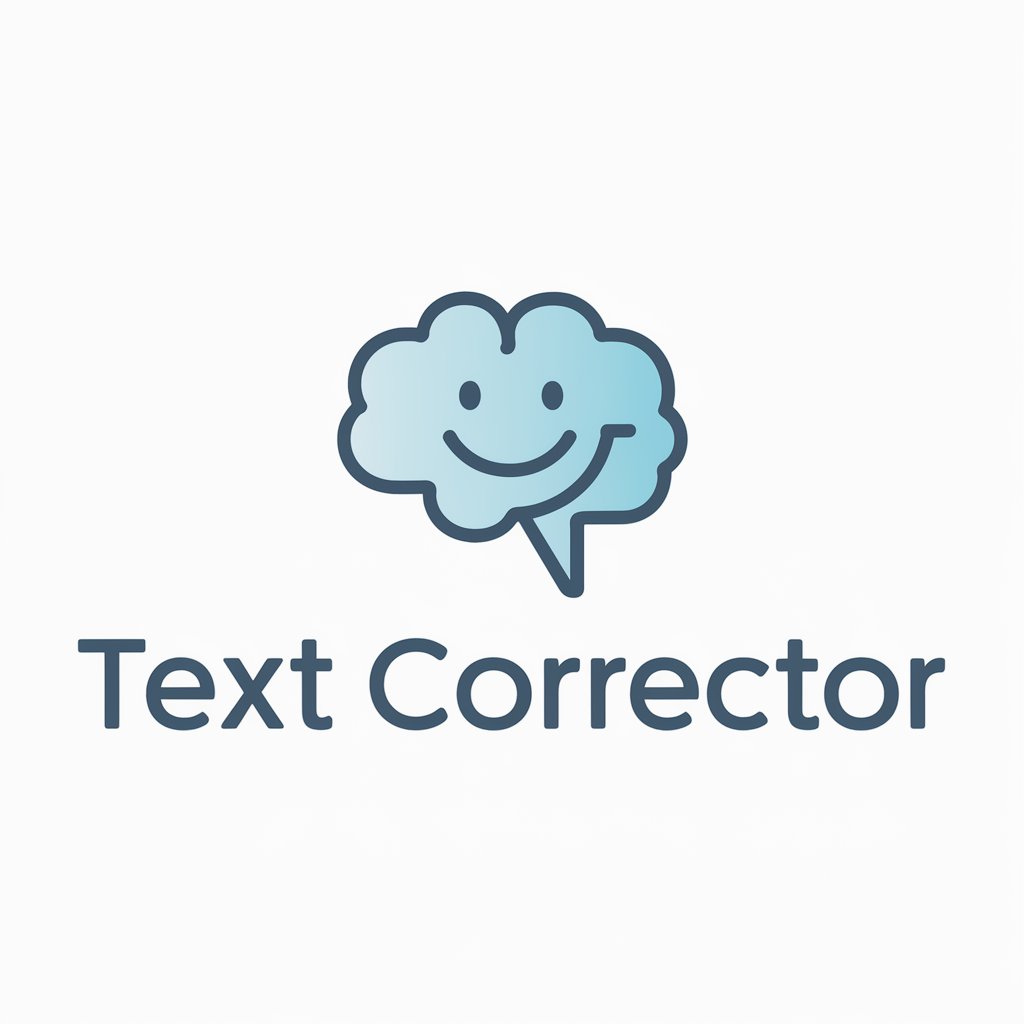
Matematica
Empowering mathematics with AI
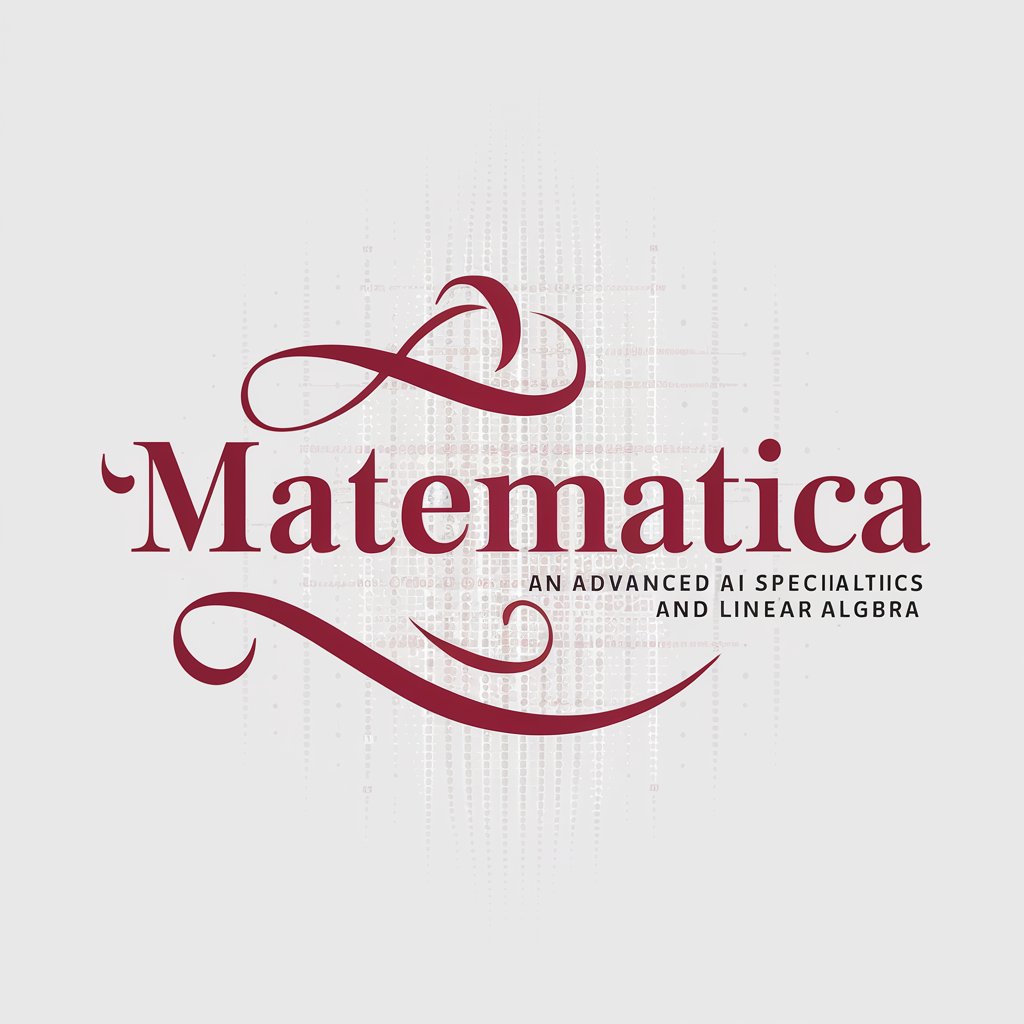
Korean Bilingual Translator
Seamless Translation at Your Fingertips
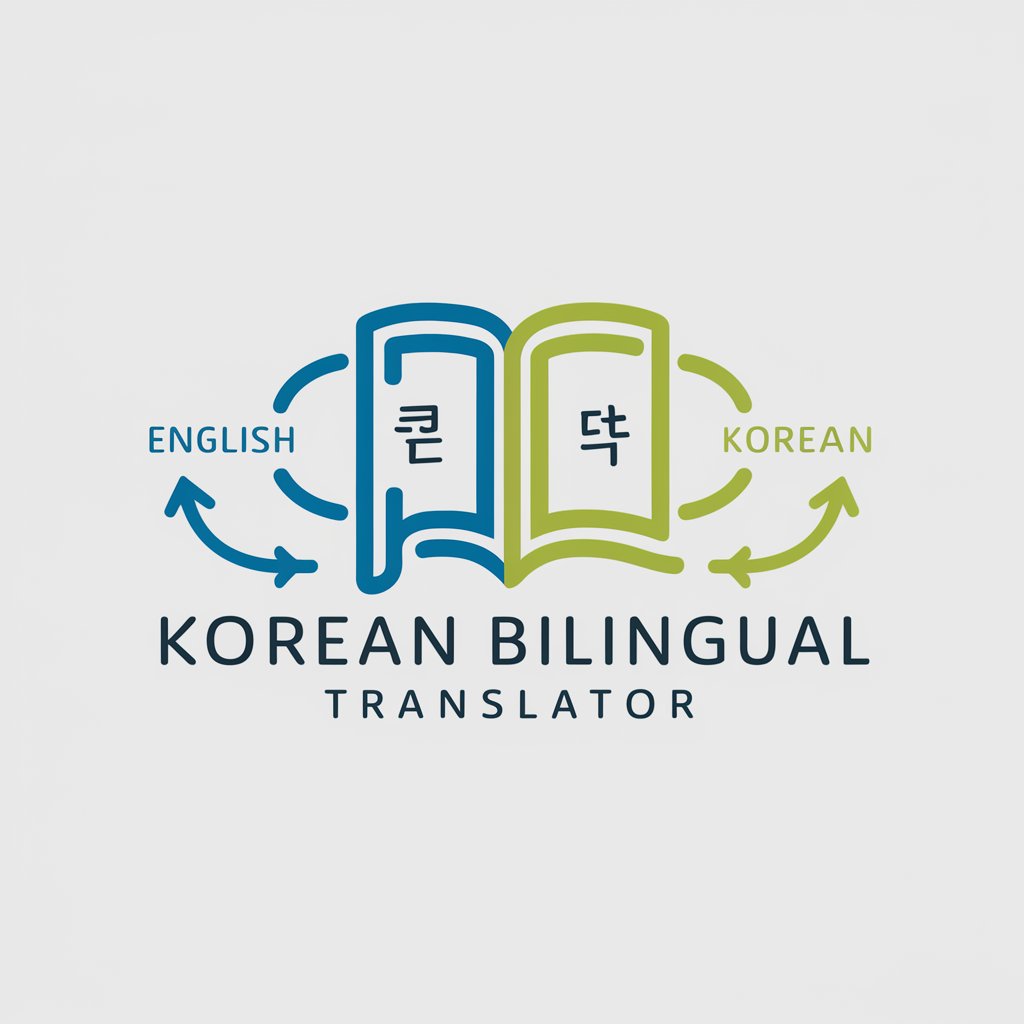
Algorithms GPT CLRS
Master algorithms through AI-driven guidance

GPT Book Pro
Empower Your Writing with AI
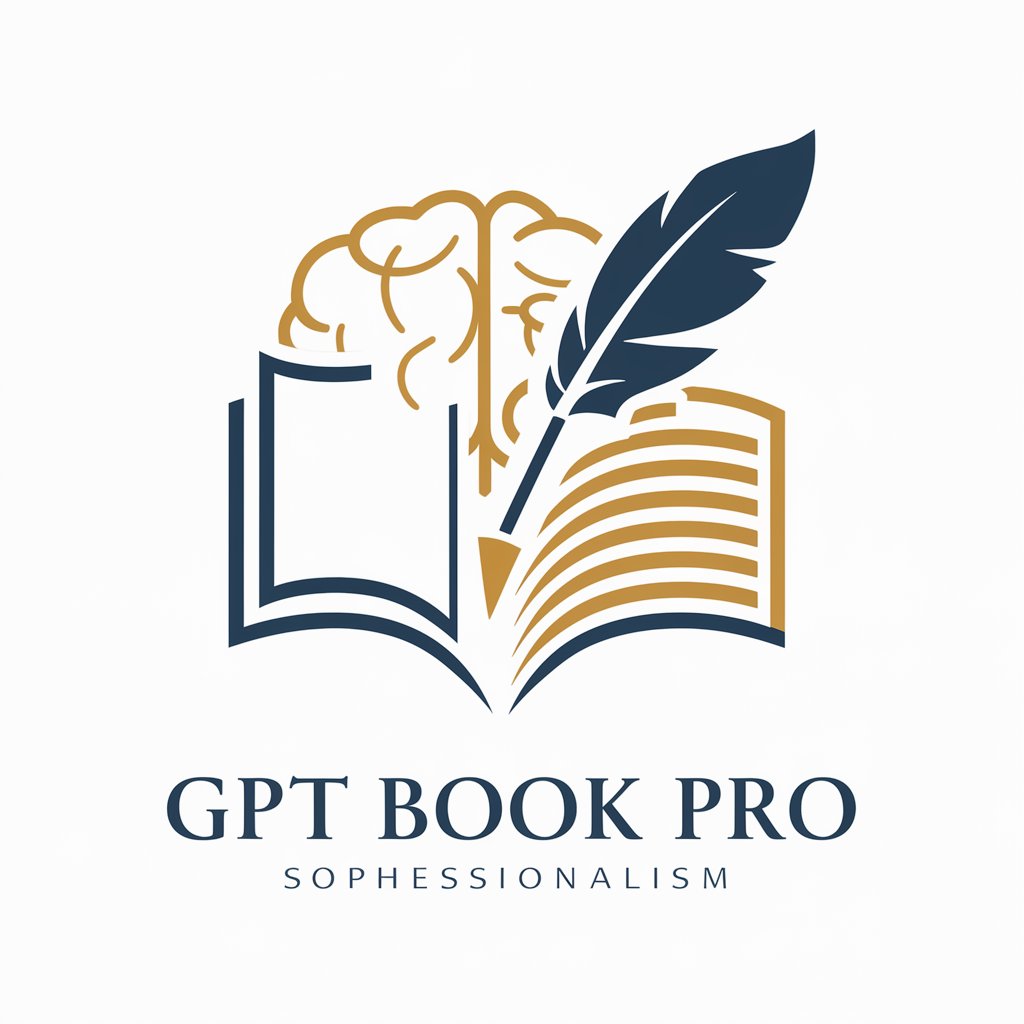
Zabbix Guru
Elevate Monitoring with AI
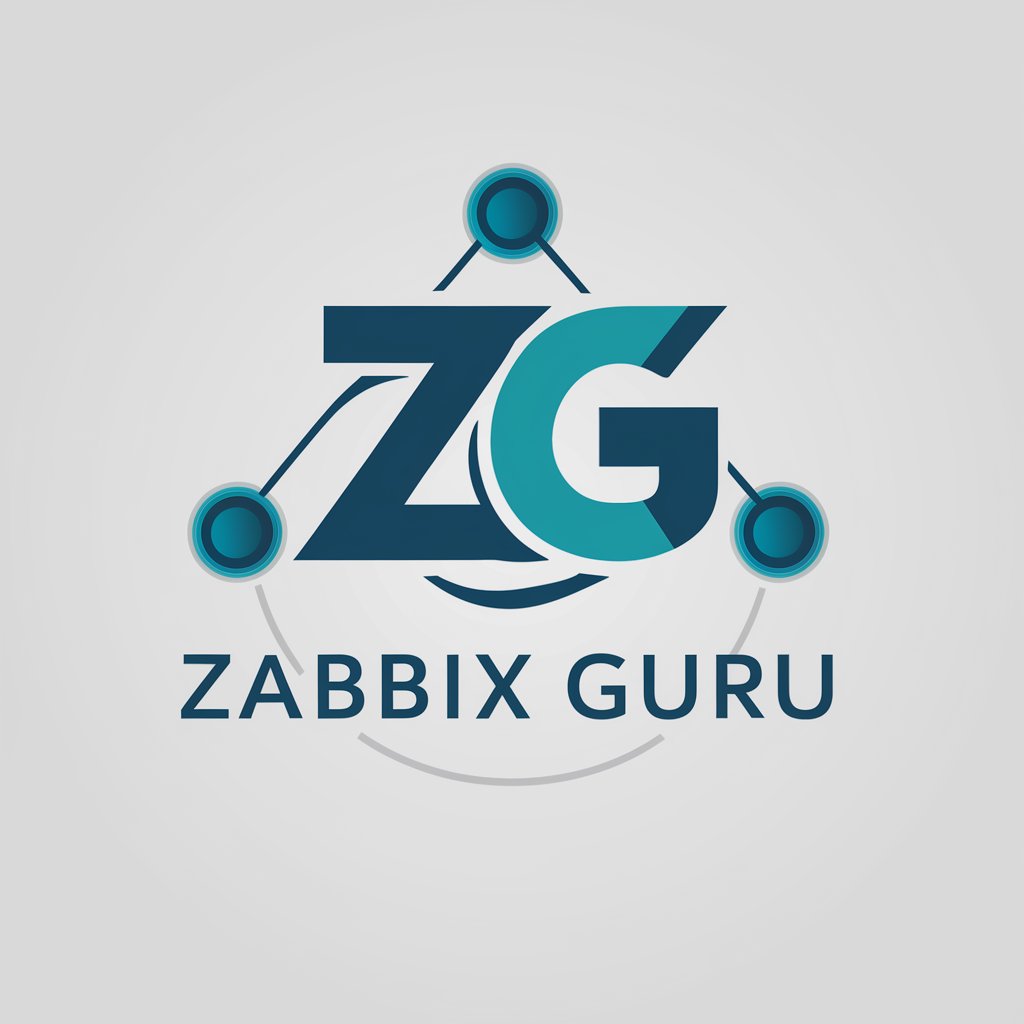
ENEB
Empower Your Career with AI-Driven Business Education
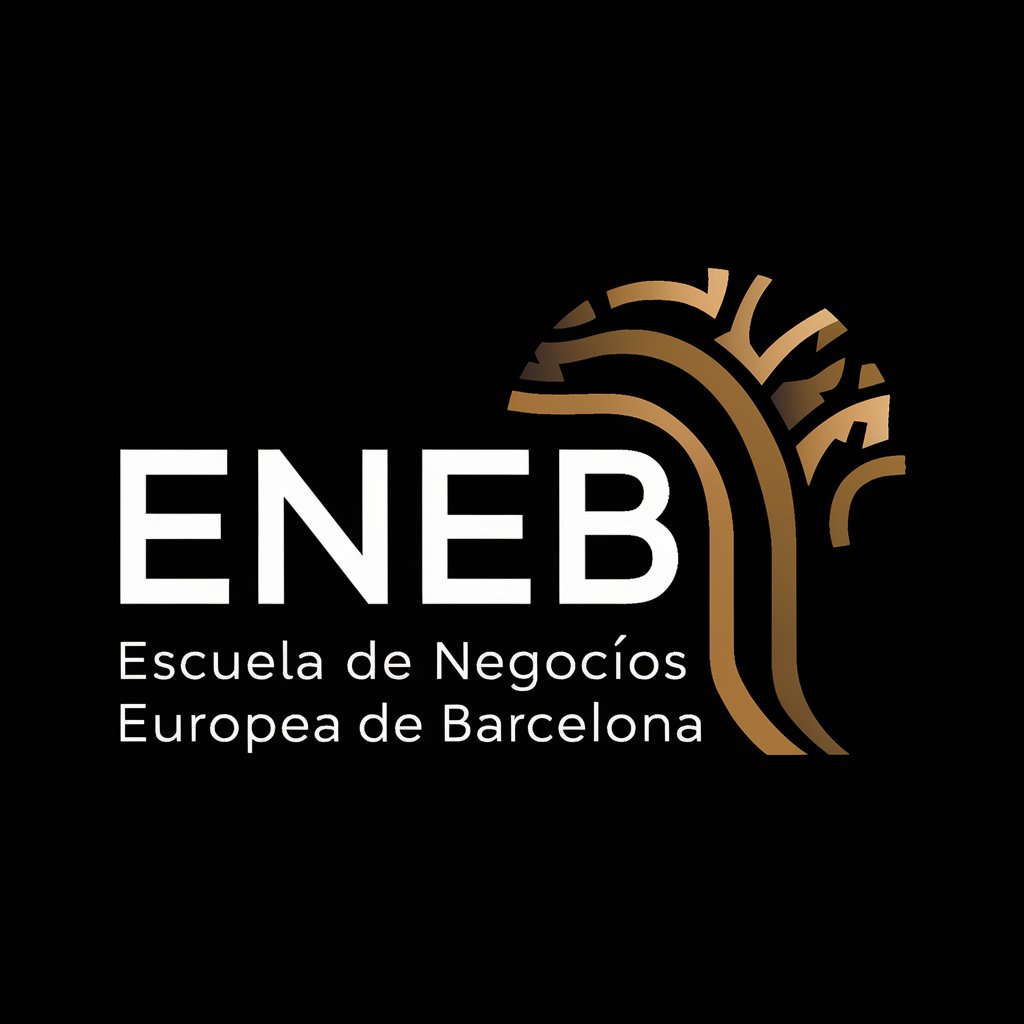
FAQs About Structured Reflection Journal
What is a Structured Reflection Journal?
A Structured Reflection Journal is an AI-powered tool designed to facilitate deep reflective learning by guiding users through structured, metacognitive prompts related to their study topics.
How can this tool help me in my studies?
It assists in developing awareness of your own learning process, helping you identify strengths and weaknesses in your understanding and approaches, ultimately aiming for improved academic performance and deeper knowledge retention.
Is the Structured Reflection Journal suitable for group study sessions?
Yes, it can be effectively used in group settings to stimulate discussion and collective reflection, enhancing collaborative learning experiences.
Can I use the tool for subjects other than neuroanatomy?
Absolutely, the tool is versatile and can be adapted to a wide range of academic subjects where deep learning and reflection are beneficial.
What should I do if I find the feedback from the tool challenging?
Embrace the challenge as an opportunity for growth. Reflect on the feedback deeply, try to understand the underlying issues, and use it as a stepping stone to advance your learning strategies.
